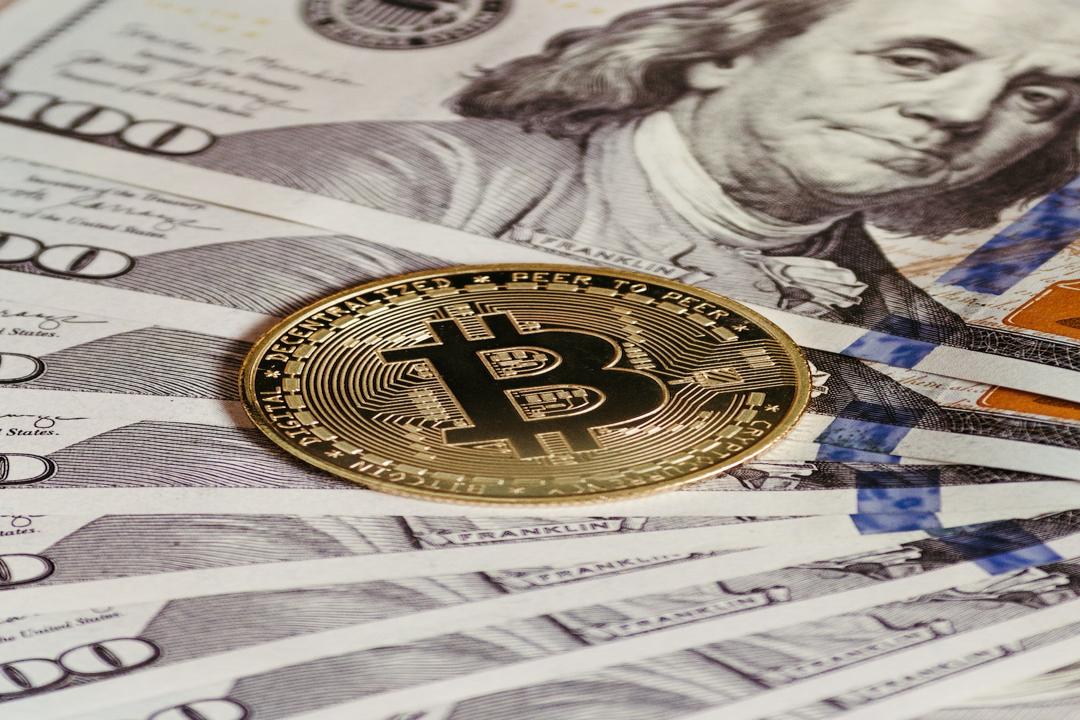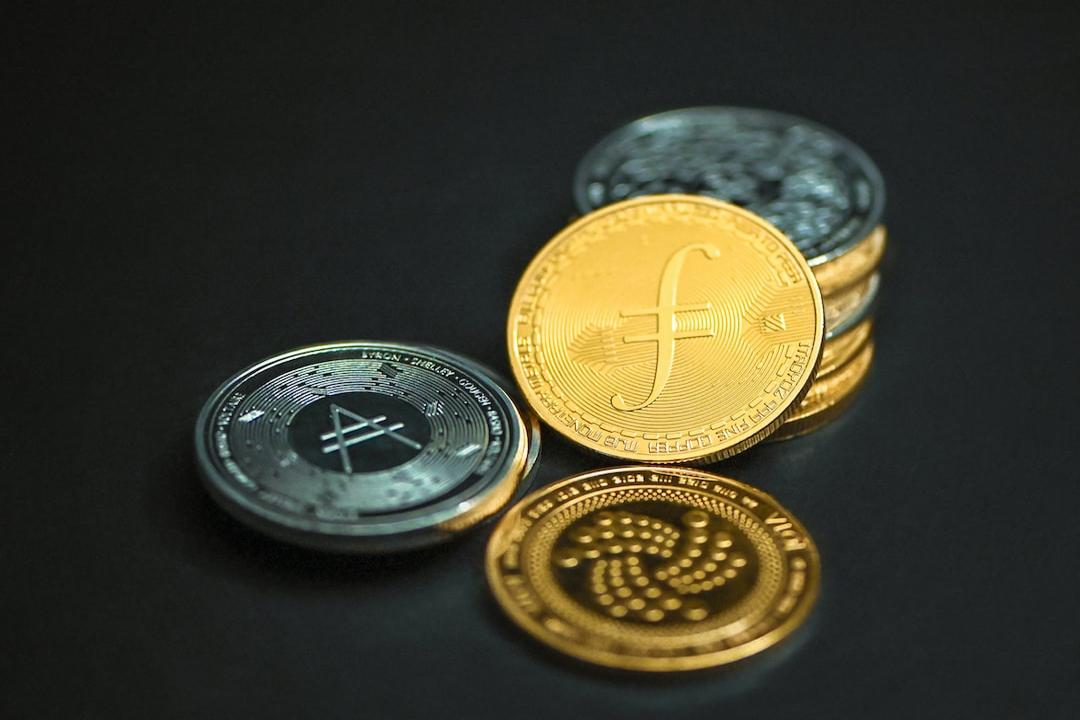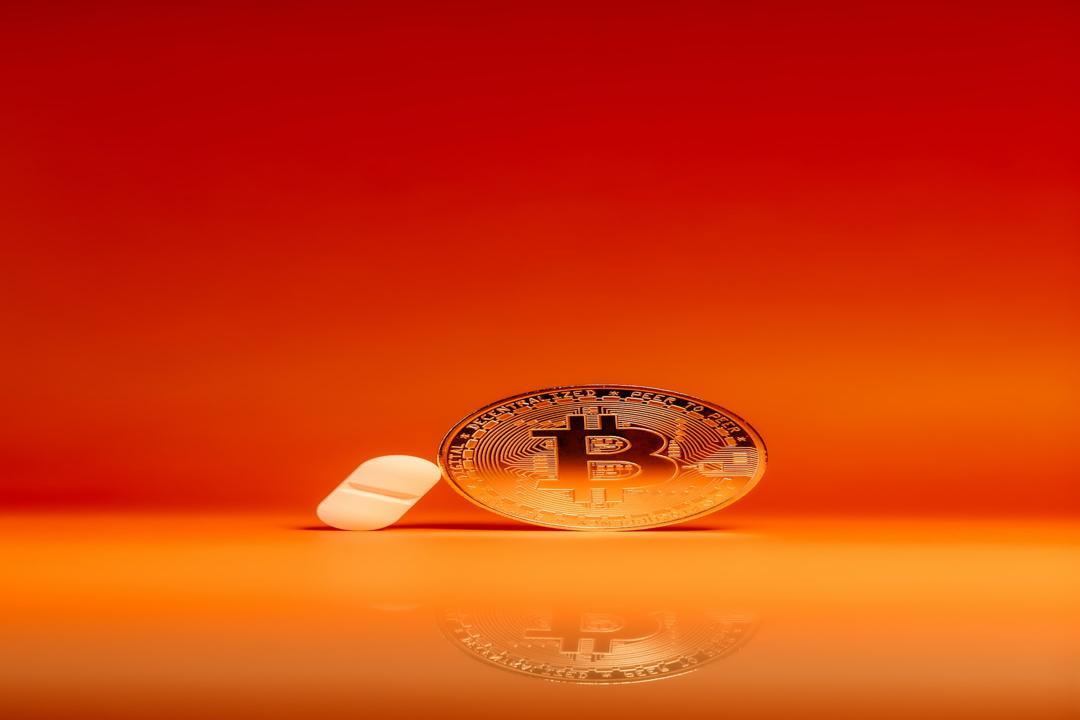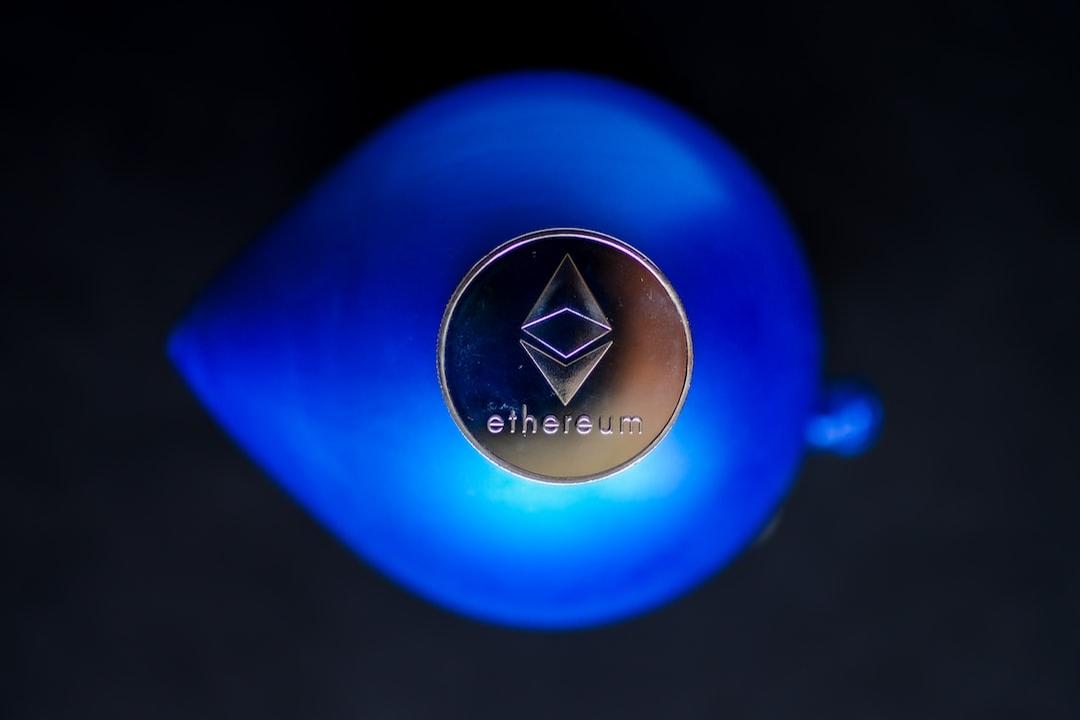Coin World Report:
With new entrants every week, the landscape of the stablecoin sector is undergoing changes.
Article by Addy
Translation by Deep Tide TechFlow
Tether achieved a record high profit last quarter, placing it among the traditional financial giants. However, this $5.2 billion profit has also made it a target for new competitors who hope to share in this market share.

My latest article provides an in-depth analysis of the rapidly developing stablecoin sector, covering both centralized and decentralized aspects. We have divided this field into several main categories:

Centralized alternatives often lack transparency and typically only see high trading volumes when there are clear incentive measures in place. PYUSD is one of the few stablecoins that has gained trust and has a market value of billions of dollars:

Decentralized, treasury-backed stablecoins like USD0 have experienced rapid growth through airdrop incentives and partnerships with DeFi platforms such as Morpho. USD0 has a market value of approximately $250 million and quickly reached this level:

Synthetic stablecoins like USDe maintain their peg by holding both long-term spot positions and short-term futures positions. As the basis shrinks, USDe has lost market share. However, new protocols like Elixir aim to improve the Ethene model by adjusting its collateral support:

Historically, the demand for stablecoins focused on maximizing decentralization and minimizing human intervention has not been high. GHO may be an exception as it relies on the growing active user base on AAVE:

Novel designs often attempt to implement mechanisms to improve traditional collateral debt position models. DYAD is one such stablecoin that aims to leverage surplus collateral in the system through a second-generation token called KEROSENE. KEROSENE allows users to mint more DYAD based on their external capital. The more KEROSENE held by users on their NFT called NOTE, the higher their earnings from the liquidity pool:
DYAD-KEROSENE Flywheel
-> 1. Increase in TVL – As users seek opportunities to leverage high-yield liquidity providers (LPs), the Total Value Locked (TVL) increases.
-> 2. Increase in Deterministic Value of KEROSENE – The deterministic value (DV) of KEROSENE is calculated as: KEROSENE DV = (TVL – minted DYAD) / KEROSENE supply.
-> 3. Increase in KEROSENE Price – The price of KEROSENE should align with its deterministic value (DV).
-> 4. Increase in Yield from DYAD-USDC Pool – Emissions from the pool become more valuable in terms of USD value.

These new stablecoins in various categories compete in terms of yield, accessibility, liquidity, stability, and capital efficiency. Different trade-offs are made with new designs or adjustments to old designs:


Original image source: Messari, translated by Deep Tide TechFlow
With new entrants every week, the landscape of the stablecoin sector is undergoing changes.


